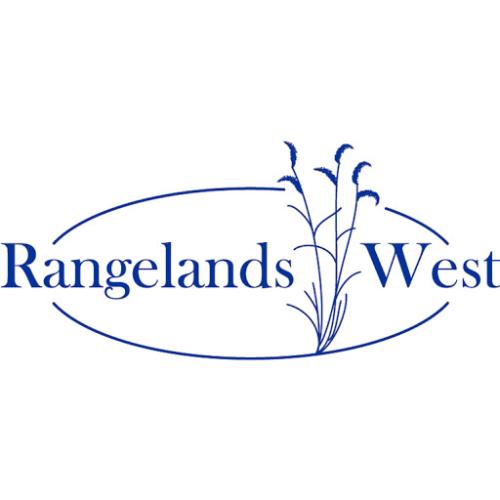Crested wheatgrass has been remarkably successful in fulfilling its purpose of providing productive, nutritious livestock forage during the spring. Livestock production per acre has been increased from 5- to 10- fold by establishing crested wheatgrass on degraded intermountain area ranges. While forage quality is characteristically high during May and June, it dclines rapidly as plants enter the flowering and seed stages of growth. By early July, it typically fails to meet nutritional requirements of lactating animals. This rapid decline can be delayed by droughty growing conditions that delay or prevent plants from reaching full maturity. Potential for better realizing the full forage value of crested wheatgrass include winter grazing in some areas and more intensive spring grazing in other areas.

Articles, citations, reports, websites, and multimedia resources focused on rangeland ecology, management, restoration, and other issues on American rangelands.